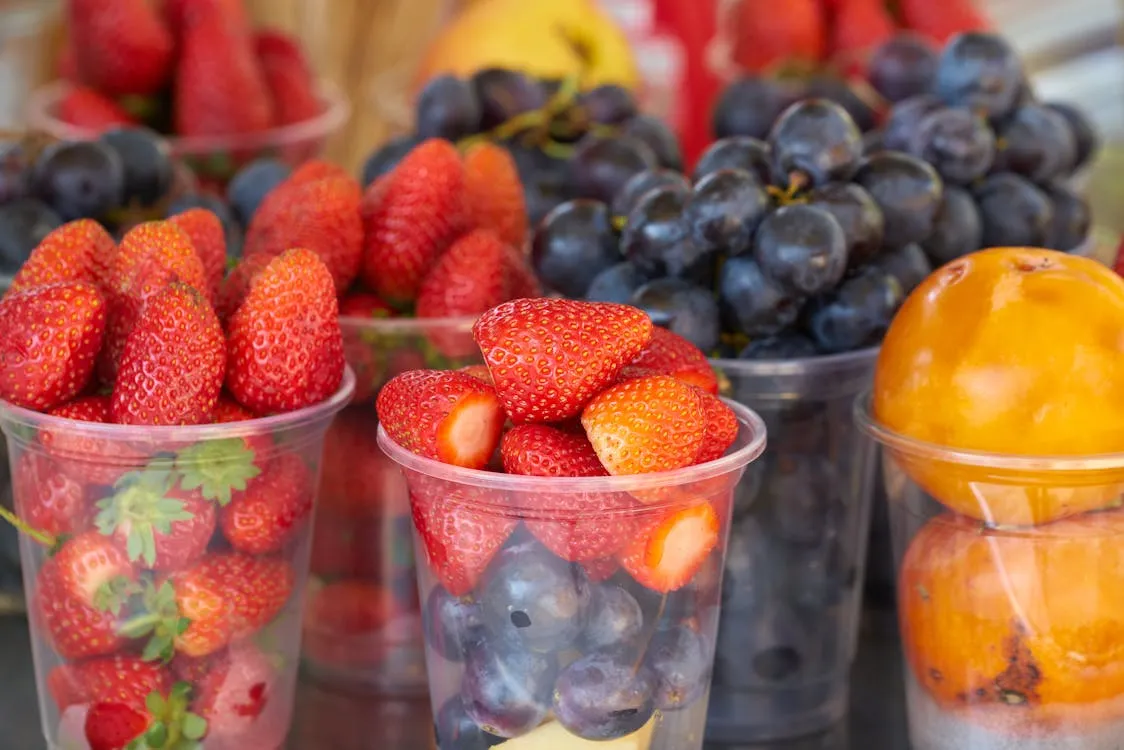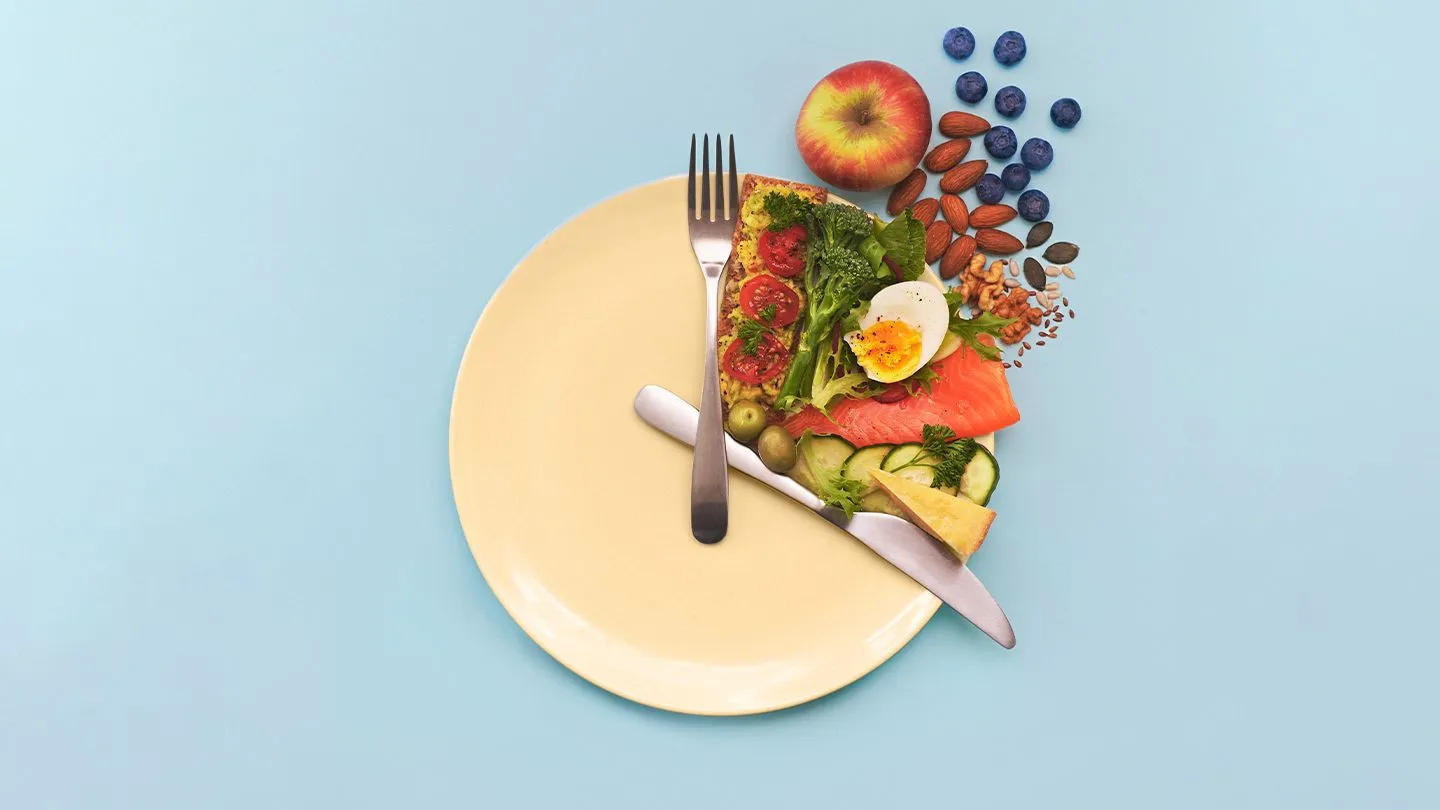Meal planning is one of the most effective strategies for achieving your weight loss goals. It not only saves time and money but also helps you make healthier choices, stay on track with your caloric needs, and avoid impulsive eating. This beginner-friendly guide will walk you through everything you need to know about meal planning for weight loss.
Understanding Caloric Needs 🍎
To lose weight, you need to create a calorie deficit—consuming fewer calories than your body burns. Calculating your daily caloric needs is the first step.
- How to calculate: Use an online calorie calculator or the following formula:
[Basal Metabolic Rate (BMR)] + [Activity Level] – 500 (calorie deficit) = Daily Caloric Target. - Example: If your body burns 2,000 calories daily, aim for around 1,500 calories to achieve a safe weight loss of 1–2 pounds per week.
Macronutrient Breakdown 🍗🥦🍞
A balanced diet is key to sustainable weight loss. Divide your caloric intake among the three macronutrients:
- Proteins: Build and repair muscles; aim for lean sources like chicken, fish, tofu, or beans.
- Carbohydrates: Provide energy; choose complex carbs like whole grains, vegetables, and fruits.
- Fats: Support hormone function; opt for healthy fats like avocado, nuts, and olive oil.
- Suggested ratio: 40% carbs, 30% protein, 30% fat (adjust based on personal preference).
Creating a Weekly Meal Plan 📅
Planning meals in advance reduces stress and increases the likelihood of sticking to your diet.
- Tips for selecting recipes:
- Look for simple, healthy meal prep ideas for weight loss.
- Choose recipes with a mix of protein, fiber, and healthy fats for satiety.
- Include snacks like fruits, nuts, or yogurt to avoid hunger pangs.
- Incorporate variety: Rotate recipes to prevent boredom and ensure a wide range of nutrients.
Grocery Shopping Strategies 🛒
A well-planned shopping trip sets the foundation for successful meal prep.
- Make a list: Stick to items needed for your meal plan to avoid buying unhealthy snacks.
- Shop smart: Stick to the outer aisles of the grocery store where fresh produce, dairy, and protein sources are typically located.
- Pro tip: Avoid shopping when hungry to minimize impulse purchases.
Meal Prep Techniques 🍳
Meal prepping saves time and ensures you always have healthy options ready.
- Batch cooking: Prepare larger portions of staples like grilled chicken, quinoa, or roasted vegetables.
- Storage tips: Use airtight containers to keep meals fresh for up to 4–5 days.
- Time-saving tips: Chop vegetables in bulk, cook proteins in advance, and freeze extras for later use.
Sample 7-Day Meal Plan 📖
Here’s a beginner-friendly weight loss meal plan with balanced nutrition:
Day 1
- Breakfast: Greek yogurt with mixed berries and a sprinkle of granola (250 kcal).
- Lunch: Grilled chicken salad with avocado and balsamic dressing (400 kcal).
- Dinner: Baked salmon with quinoa and steamed broccoli (500 kcal).
Day 2
- Breakfast: Overnight oats with almond butter and banana slices (300 kcal).
- Lunch: Turkey and avocado wrap with a side of baby carrots (400 kcal).
- Dinner: Stir-fried tofu with brown rice and mixed vegetables (450 kcal).
(Continue similar ideas for Days 3–7. Ensure total daily calories align with your caloric target.)
Staying on Track ✅
Even the best meal plan requires consistency and adjustments.
- Monitor progress: Track your meals and weight weekly. Use apps to make it easier.
- Adjust as needed: If progress stalls, reassess your caloric intake or activity level.
- Stay flexible: Life happens—don’t let one off-day derail your efforts.
Meal planning for weight loss is a powerful tool to help you achieve your goals. By understanding your caloric needs, creating balanced meals, and staying organized, you can take control of your diet and set yourself up for long-term success.
Ready to start your journey? Grab a notebook, create your first meal plan, and see the difference it makes in your weight loss journey! 💪



